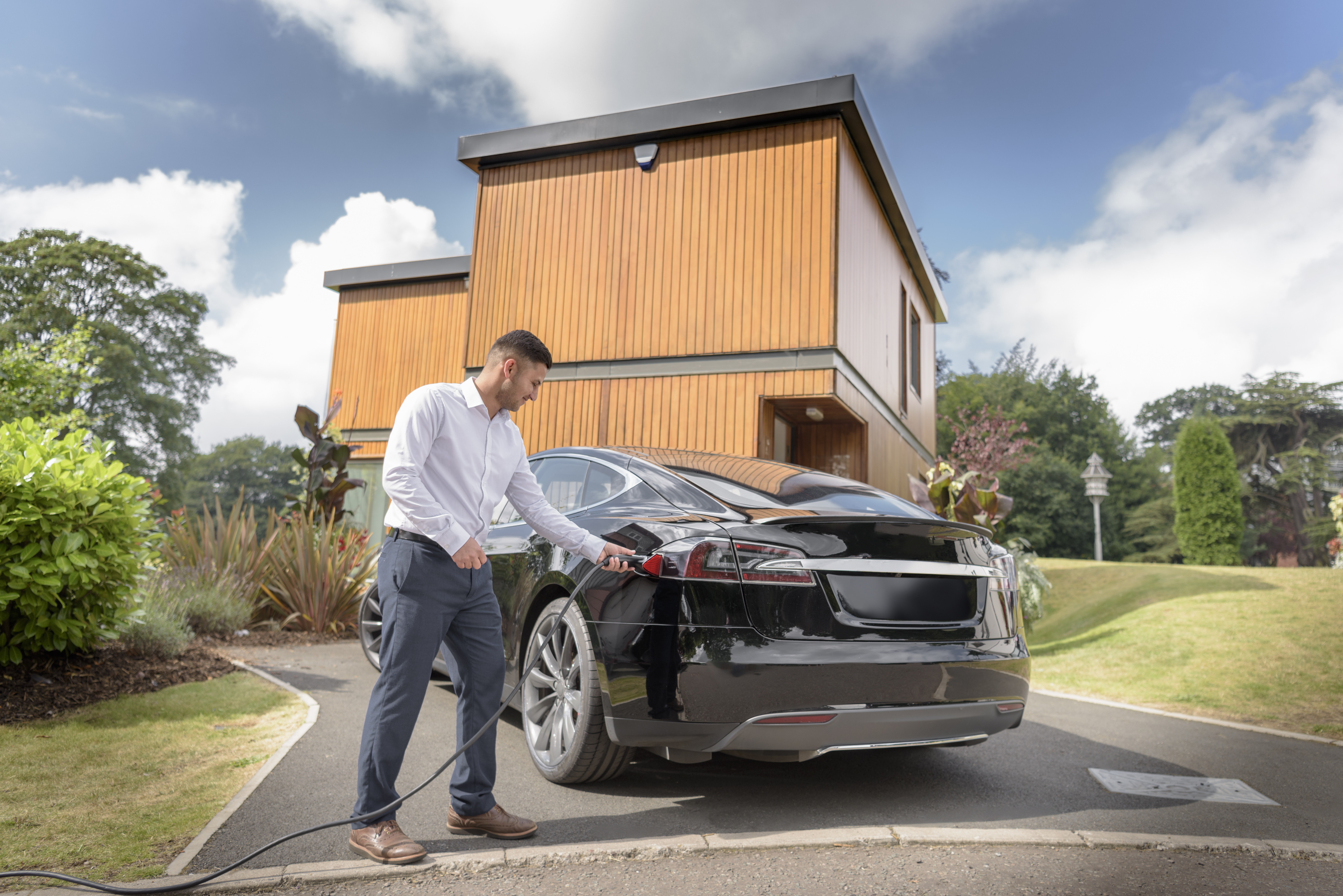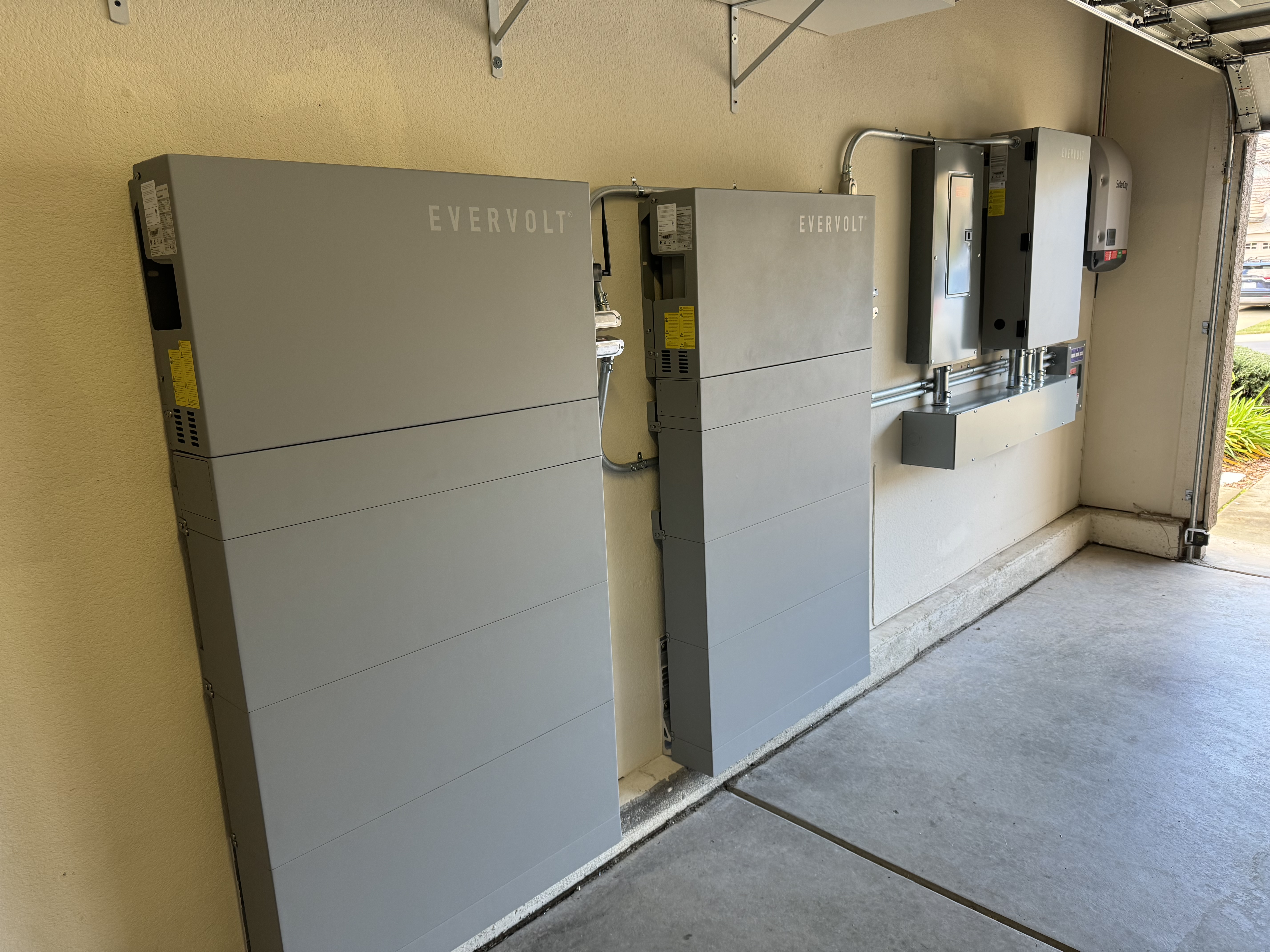Homeowners that want to save money, conserve energy, and modernize their largest and most important investment — their homes — are leaning into whole-home electrification. By swapping out your older, fossil fuel-burning appliances for high-efficiency electric versions, you can make your home healthier and more sustainable.
Electrification does mean that you’ll be using more electricity, which could make a difference on your energy bill. That’s where a solar-plus storage system can help.
Installing solar panels and a home battery system will allow you to optimize your home’s electricity use. The panels will generate clean, free electricity to power your home, and the battery system will store any excess energy for you to use later.
Let’s take a look at how a solar-plus-storage system can help you make the most of your electrified home.
Where to start on your electrification journey
Transitioning your home to all-electric appliances and eliminating gas appliances is easy if you know where to look. Local and online appliance retailers carry a range of options, and the ENERGY STAR program can help you find the most energy-efficient models.
Homeowners looking to electrify often start with a few key appliances:
- Kitchen ranges: Exchange your gas range for a traditional electric range or an ultra-fast induction cooktop that uses electromagnetic energy. Electric ranges are greener and safer because they don't use an open flame or release toxins.
- Heating and cooling: Swap out your gas-burning furnace for a heat pump — an energy-efficient heating and cooling system. At least one-third of U.S. households could save money on energy bills with a heat pump, and you might save even more if you qualify for the federal 30% tax credit and take advantage of state and local credits and rebates.
- Water heater: Replacing your natural gas water heater with a solar electric water heater could lower your electric bills by 50% to 80%. You could also look into a water-saving tankless water heater or a heat pump water heater.
- Dryer: Upgrade your gas-powered clothes dryer with an electric model. Make sure that you have (or can install) a 240-volt outlet that’s up to the current code.
- Car: Electric vehicles (EVs) can charge with electricity from your solar-plus-storage system. In the U.S., the average operating cost for EVs is $485 per year, compared to $1,117 for a gas-powered vehicle. Check to see if you qualify for manufacturer, state, and federal incentives for new or used EVs.
Planning pays off
A great time to electrify is when your existing appliances are near the end of their natural lives. Don’t wait until they die to replace them, though. These days, repairs cost almost as much as a replacement, and delivery and installation can take weeks.
Before you spend money on electric appliances, spend some time researching manufacturer, state, and federal rebates and tax credits. Rewiring America has a calculator to help you understand what federal incentives you may be eligible for, and the Database of State Incentives for Renewables & Efficiency (DSIRE) is a great place to check state incentives. Financing is often available, too.
Benefits of solar-plus-storage for whole-home electrification
When you outfit your home with all-electric appliances, you will need to use more electricity to power those appliances. If you had a gas furnace, for example, and switched to an electric heat pump, your net use of electricity will increase because you’re sending electricity somewhere it didn’t have to go before. That can mean increases to your electricity bill.
That’s where a solar-plus-storage system makes a big difference.
Solar-plus-storage reduces the amount of energy you have to draw from the grid
With a solar-plus-storage system, you generate your own clean, free electricity at home and store it to use later. Even with new electric appliances, the system reduces the amount of electricity you need to draw from the grid — and that you have to pay for.
That’s especially important if you’re on a time-of-use (TOU) rate with your utility. Under TOU rates, utilities charge higher prices during times of peak electricity demand (typically late afternoon and evening). You can draw energy from your home battery system during these times, avoiding peak energy prices.
With a solar-plus-storage system, you’ll be able to keep your energy bills low even as you electrify.
Photo courtesy of Panasonic Eco Systems & Connected Technology
Solar-plus-storage systems make monitoring and controlling energy usage easy
Solar-plus-storage systems with an app allow you to monitor and control your energy use from your smartphone. The EVERVOLT® home battery and SmartBox system from Panasonic, for instance, enable you to track your energy usage in real time, and load-management capabilities optimize how your stored energy is used. These insights help you better manage and streamline your costs so that your stored energy lasts longer.
Home battery systems provide reliability during power outages
Power outages and supply disruptions are becoming more common due to aging grid infrastructure and an increase in extreme weather events. Solar-plus-storage is there for you when you need backup power to keep your electric appliances and lights on. Your critical appliances will continue to run on your stored energy, and your battery can recharge from your solar panels.
Solar-plus-storage systems are an ideal partner for all-electric homes. By lowering your exposure to volatile utility prices and monitoring your energy consumption, solar-plus-storage allows you to proactively keep your bills down and your home comfortable and safe.
When you’re ready to make the solar switch, a Panasonic authorized installer can help you find the right solar-plus-storage system for your home.






